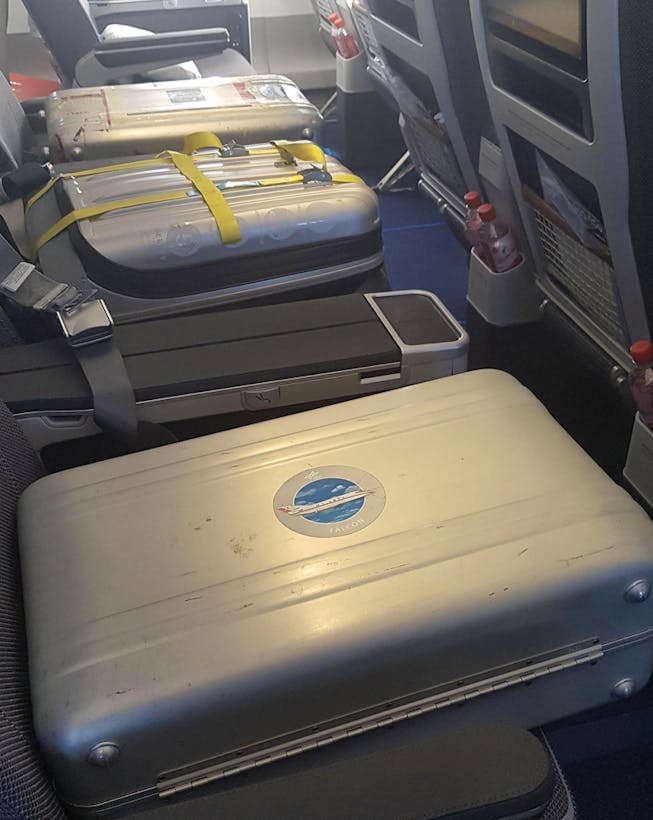DLR researchers examined anomalies in the South Atlantic aboard a Lufthansa Airbus A350. They wanted to see if radiation was higher on flights across the region. Now the results are in.
The South Atlantic Anomaly is observed on the International Space Station ISS. Describes a weak point in the Earth’s magnetic field. This could lead to an increase in cosmic rays over the southern Atlantic Ocean. The reason: The axis of the magnetic field does not pass exactly through the center of the Earth, the German Aerospace Center DLR explains.
It is shifted and tilted slightly from the axis of Earth’s rotation. Therefore, the radiation belts surrounding the Earth come close to the surface in the Atlantic Ocean off the Brazilian coast. In this region, LEO radiation exposure increases. This can be felt, for example, on the International Space Station ISS at an altitude of about 400 km.
Lots of gauges on board
But what about the altitude at which passenger planes usually fly? Two DLR scientists and a DLR scientist investigated this in March and April 2021 on board a Lufthansa Airbus A350-900. DLR called the investigation Mission Atlantic Kiss.
flight path through the anomaly. Photo: DLR
Using different instruments, they examined the different components of the radiation field. The instruments included, for example, a 40-kilogram neutron probe to measure gamma rays. Because the instrument is sensitive, the researchers had to strap it — in a row of seats at the plane’s center of gravity, where vibrations and turbulence are usually lowest.
There is no indication of excessive radiation
According to the DLR, four semiconductor detectors recorded charged particles, and two so-called tissue equivalent proportional counters measured radiation absorbed in very thin tissues. The result was clear. and satisfactory.

The probe was tethered. picture. DLR
“Our measurements did not indicate any significant additional radiative contribution to flight altitude in the geographic region of the South Atlantic Anomaly,” says Matthias Meyer, head of the Atlantic Case mission. “The fear of increased radiation exposure at flight altitudes in this region is scientifically unfounded.” Earth’s atmosphere effectively protects from cosmic radiation.
Lufthansa flight
Measurements were taken on a private Lufthansa flight. An Airbus A350-900 flew from Hamburg to the Falkland Islands in March 2021 – it was the second of two special flights and the longest nonstop flight ever by a German airline. In addition to the DLR team, there was a crew of 40 on board who picked up the research vessel Polarstern in the Falkland Islands and steered it across the Atlantic to Germany.

“Typical entrepreneur. Lifelong beer expert. Hipster-friendly internet buff. Analyst. Social media enthusiast.”







More Stories
A boy finds a rare Lego octopus from a container that fell into the sea in 1997
SRF News Contest of the Week – News
Temperature and humidity: Kachelman explains the phenomenon